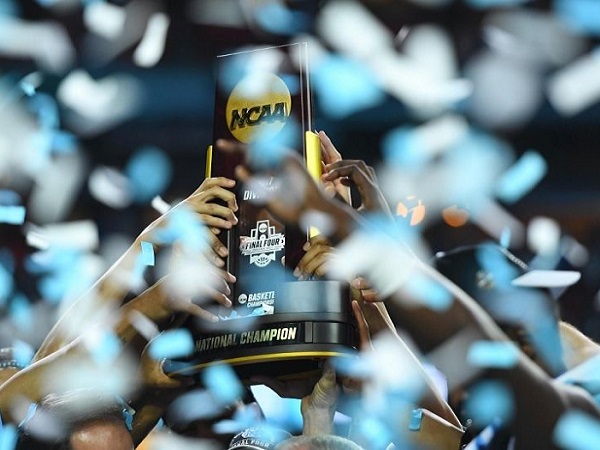At what point will consumers push back to subscription fragmentation in the marketplace? As content becomes more and more accessible only through subscription based paywalls, will consumers stop buying? There is a business principle that states there is an equilibrium between price, population, and demand. Meaning, a business can set a price that may be a little higher than consumable for many customers, but is a fair price for a few consumers. However, with the higher price, the same amount or more revenue is made by increasing the price and selling to a few who are willing to pay versus more customers for a lesser price.
On the one hand, with the freedom of the press, freedom of peaceful assembly, and the freedom of speech guaranteed in the First Amendment of the United States Constitution, matters of public interest generally remain free to read, hear, and see to the consumer. However, anything specialized is now characterized with a plus (+) and a paywall. ESPN+, Apple+, and Disney+ all require a subscription to consume. Many of the new streaming and content platforms (and services) rely on brand recognition, customer loyalty, and demand to keep subscribers.
However, the same aforementioned companies have also relied on free, freemium, and partnership models to grow their subscriber bases. Cell phone companies in particular have found to be great partners to streaming platforms during launch because of the existing customer base and access to information protected by privacy and paywalls (e.g., names, emails, phone numbers, and user preferences). Free and freemium models also introduce people to the content to create customer loyalty. Once loyalty is obtained, mainly with trust with good content on the platform through shows and a film library, a consumer is more likely to pay or continue to pay the purchase price to subscribe.
Will social media be the next industry to move to the free, freemium, or subscription models to continue to monetize content? As sports teams continue to operate more like media companies to keep eyeballs on content without fans in the stands, will they also move to the subscription model for team content? Even when fans return to venues, revenue diversification is a must and here to stay. Once the monetization gate is opened, it rarely closes for any reason other than a change in consumer interests or government regulation.
An on-going dilemma is the price range and multitude of accounts and whether it creates consumer account fatigue. Cord-cutting from cable occurred because it was (1) less expensive to stream (2) for similar and in some cases more content (3) that was specific and searchable to the users interest. Is the next step in the diversification of streaming and accounts (meaning the consumer pays more and more subscription prices) to make accessibility easier by having less roadblocks to content?
Maybe the bundling of accounts of products across industries and companies is the answer. It definitely would make it more efficient to consumers and the long-tail of the economics is likely to show that less paywalls, even if for a higher price, will result in more revenue because the consumer has to take less steps to get to consuming. The value of such content and access becomes all the more important.























